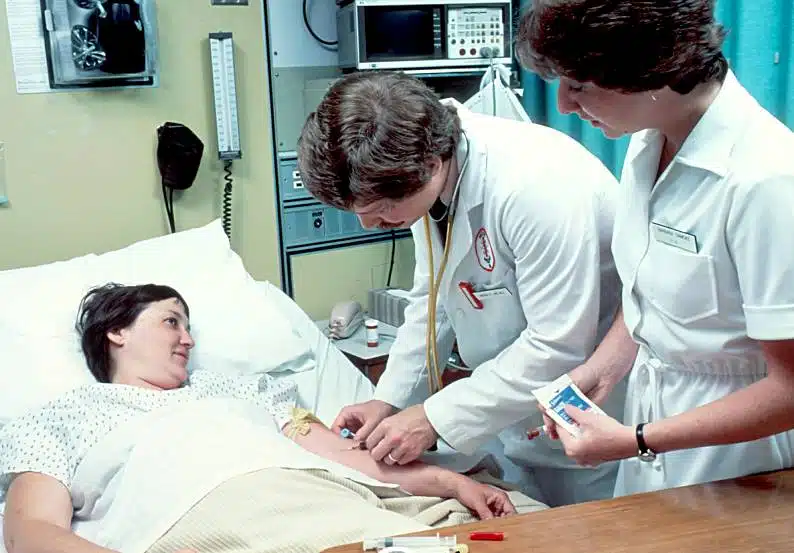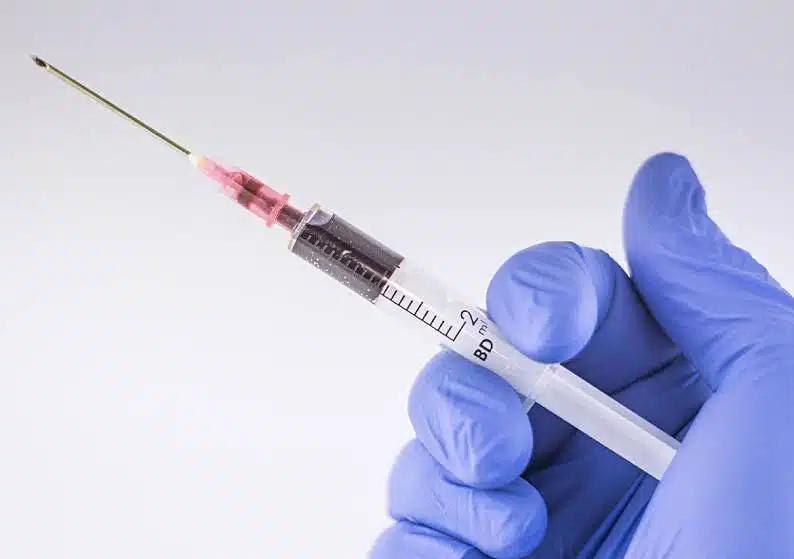words Al Woods
You may have a strong interest in the medical field but want to pursue something other than a career as a doctor or nurse. What other options do you have? One potential path to consider is becoming a phlebotomist. Phlebotomy is an essential skill for healthcare professionals drawing blood from patients. It is a critical procedure that requires proper training and certification to ensure the safety and well-being of the patient and the healthcare worker. It may sound like a simple task but it requires specialized training to ensure safety and accuracy.
If you are considering a career in phlebotomy, knowing what to expect in your training is essential. This comprehensive guide will provide the necessary information to prepare you for your phlebotomy training.
Understanding the Role of a Phlebotomist
A phlebotomist plays a crucial role in patient care, specializing in blood collection for testing, transfusions, donations, or research. As a skilled technician, a phlebotomist must locate veins, understand which type of tube is needed for specific tests, and ensure aseptic conditions to prevent infections. One of the risks associated with blood draws is the development of a hematoma, which occurs when blood leaks out of the vein and into surrounding tissue, causing a bruise or swelling.
Proper technique and preventive measures are critical to minimize the risk of hematoma during phlebotomy. This includes applying the correct amount of pressure during and after needle withdrawal, using the right needle size, and closely monitoring the puncture site for signs of distress. If hematoma in phlebotomy does occur, phlebotomists must be trained to handle the situation promptly and effectively. Mastery of these skills is just as important as the initial blood draw itself and ensures that you can provide safe and high-quality care for your patients.
Phlebotomy Training Requirements
To become a certified phlebotomist, certain requirements must be met. These may vary depending on the state or country in which you reside, but generally include:
- High school diploma or equivalent
- Completion of a phlebotomy training program from an accredited institution
- Hands-on clinical experience
- Successful completion of a certification exam, such as the ASCP Phlebotomy Technician (PBT) exam
- Continuing education to maintain certification and keep up-to-date with industry standards and advancements.
Phlebotomy training programs vary in duration, from weeks to months, depending on the institution. During this time, you’ll learn human anatomy, proper blood collection techniques, safety protocols, infection control, and more. Hands-on experience is crucial in phlebotomy training, as it allows students to practice and refine skills under professional supervision.
Phlebotomy Training Programs
Various options exist for completing a phlebotomy training program, including community colleges, vocational schools, and hospitals. These programs can range from a few weeks to several months and typically include classroom instruction and hands-on clinical experience.
During your training, you can expect to learn about:
- Anatomy and physiology of the circulatory system
- Venipuncture techniques
- Collection and handling of blood samples
- Infection control and safety protocols
- Medical terminology
- Basic lab procedures such as specimen processing and testing
National Certification Exam
Once you have completed your phlebotomy training, it is recommended that you take the national certification exam for phlebotomists. This will demonstrate your knowledge and skills to potential employers and increase your earning potential.
The most recognized certification agency for phlebotomists in the United States is the American Society for Clinical Pathology (ASCP). Their PBT exam covers various topics and techniques, including safety measures, proper sample labeling and handling, and legal issues related to phlebotomy.
Continuing Education
In the rapidly changing healthcare field, phlebotomists must stay up-to-date with industry standards and advancements. This is why continuing education is necessary to maintain certification and sharpen your skills. Depending on the certifying agency, you may be required to complete a certain number of continuing education units (CEUs) within a specific time frame.
Continuing education can come in various forms, such as attending workshops or conferences, completing online courses, or participating in hands-on training programs.
In addition to furthering your knowledge and skills, continuing education can open up career opportunities, such as becoming a lead phlebotomist or pursuing additional certifications in related areas.
Job Opportunities for Phlebotomists
You will have various job opportunities after completing your phlebotomy training and obtaining certification. Some common settings where phlebotomists work include hospitals, clinics, blood donation centers, research laboratories, and long-term care facilities.
Aside from job stability and competitive salaries, a career in phlebotomy can also provide you with the satisfaction of helping others and making a difference in their healthcare journey. It can also serve as a stepping stone for further career advancement in the medical field.
Phlebotomy training is a comprehensive process that requires dedication, hard work, and attention to detail. It is a crucial skill for those pursuing a medical career and for healthcare professionals expanding their scope of practice. With proper training and certification, you’ll be well-prepared to provide safe and effective phlebotomy services, prioritizing the safety and well-being of both yourself and your patients. Keep this guide in mind as you embark on your phlebotomy training journey.






